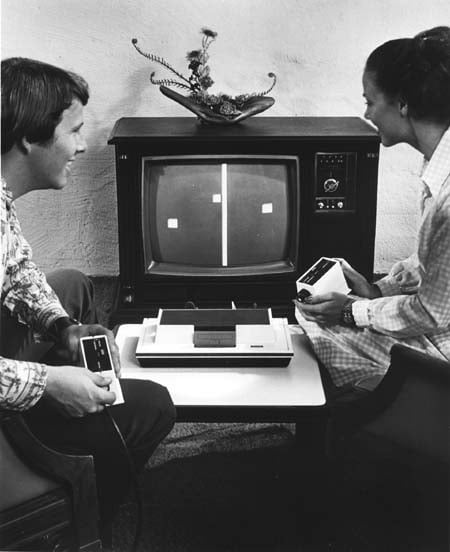To fully get into this weeks topic we need to explain what Web 2.0 is; this term has been looked at before in my Citizen Journalism post but now it will be magnified into much more detail.
"the second stage of development of the World Wide Web, characterized especially by the change from static web pages to dynamic or user-generated content and the growth of social networking."
I think the 'user-generated content' is key in the Web 2.0's explanation although previously this was possible in 1.0 but now it is much easier to do as the Internet has become so user friendly your grandma could start having fun. In this weeks blog we we will look at Mashups and The Youtube Symphony both involved in user generated content and how they are shared amongst the Internet.
Firstly Mashups, this technique of creativity usually involves putting two songs together to create an new sound or indeed 'mashing' them together. A vocal track is placed over the instrumental track of another to create a whole new version of the song or a completely new one, examples include:
"Tick-Toxic" - Mash Up Of Britney Spears and Gwen Stefani
Lady Gaga vs. Black Eyed Peas (Fergie) - Poker Hump Mashup
As seen in the videos two tracks have been 'mashed' together creating a whole new sound. Both licensed songs are now together created by someone halfway across the world in Kentucky or something so who actually owns the newly created sound? Is it the random-er from Kentucky who just had a bit of fun trying out his new editing software? Or is it one of the record labels' property now as their song has been used in the 'mashup'? It is these questions that are raised when thinking about this sort of thing.
An example revolving around the legal side to this can be seen in an interview with a mashup master, DJ Danger Mouse with his super smash hit album "Gray Album", a mashup of songs from The Beatles' White Album and J-Z's Black Album.
A song can be heard here.
DJ Dangermouse said,
"A lot of people just assume I took some Beatles and, you know, threw some Jay-Z on top of it or mixed it up or looped it around, but it’s really a deconstruction. It’s not an easy thing to do. I was obsessed with the whole project, that’s all I was trying to do, see if I could do this. Once I got into it, I didn’t think about anything but finishing it. I stuck to those two because I thought it would be more challenging and more fun and more of a statement to what you could do with sample alone. It is an art form. It is music. You can do different things, it doesn’t have to be just what some people call stealing. It can be a lot more than that…This wasn’t supposed to happen… I just sent out a few tracks (and) now online stores are selling it and people are downloading it all over the place.” Burton denied being the agent provocateur, saying it “was not my intent to break copyright laws. It was my intent to make an art project."
 |
| DJ Dangermouse |
After the albums release the EMI record company (Electric and Mucical Industries Ltd.) proposed against the album due to copyright but in the ideology of Web 2.0 everyone got 'involved' and an activist group protested against this and created a day called "Gray Tuesday" whereby copies of DJ Dangermouse's creation were posted online for the world to download via torrents. It seems that this independent DJ's little project was blown completely out of proportion emphasising today's battle between the creative commons and the copyright laws.
Another form of mashup is in games. This is typically when two popular games come together in a 'vs' style to recreate what was originally two completely different classics. This different approach to the musical mashup is still as creative and to an extent more skilled for the user to generate, see some examples below:
Any video game fan will have thought of questions like, "What if Sonic met Pac-Man?" or "What if GTA met Frogger?" These questions have been answered due to user generated contend through Web 2.0 and the support of Youtube as a platform to host them.
 |
| The Symphony contains clips of the sheet music and is played together |
Moving onto the Youtube Symphony, this ingenious idea grabs innovation and user generated content (although this content is set to a universal piece of sheet music) and edits it together in one 'symphony' as if in the same room but in actual fact they are from all around the world, the trumpet section for example, a bunch of people could be from France and another from Russia. The idea is that if you have musical talent you can be part of the symphony. This example is probably much too complicated so as in this day and age, I hand you over to a video to explain everything...click here!
This mass user created content event in my opinion is fantastic, much like the mashups it emphasises the idea of Web 2.0.
See one of the final 2010 Youtube Symphony performances here! (The 2011 has not been preformed yet...obviously lol)
Youtube is the most crucial web invention to come alive from Web 2.0 and is essential for any user created media to become seen, heard and noticed. Most of the content generated by random-ers ends up on Youtube racking up views daily and making the 'Most Viewed' list. Without this site a large section that Web 2.0 emphasizes would not be as apparent; it epitomises the social, interactive and usability that Web 2.0 means to.




















